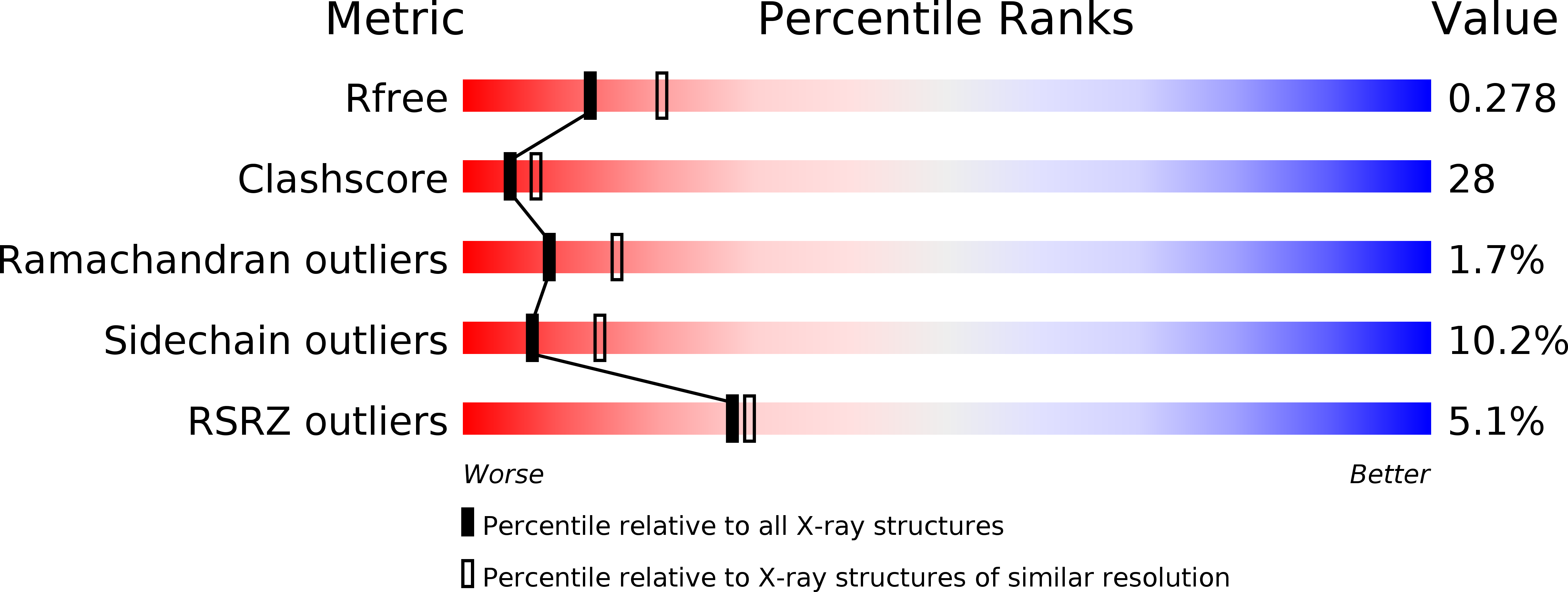
Deposition Date
2006-04-09
Release Date
2006-06-20
Last Version Date
2025-10-01
Entry Detail
PDB ID:
2CJU
Keywords:
Title:
Crystal structure of the TEPC15-Vk45.1 anti-2-phenyl-5-oxazolone NQ16- 113.8 scFv in complex with phOxGABA
Biological Source:
Source Organism:
MUS MUSCULUS (Taxon ID: 10090)
Host Organism:
Method Details:
Experimental Method:
Resolution:
2.50 Å
R-Value Free:
0.29
R-Value Work:
0.24
R-Value Observed:
0.24
Space Group:
I 21 21 21


